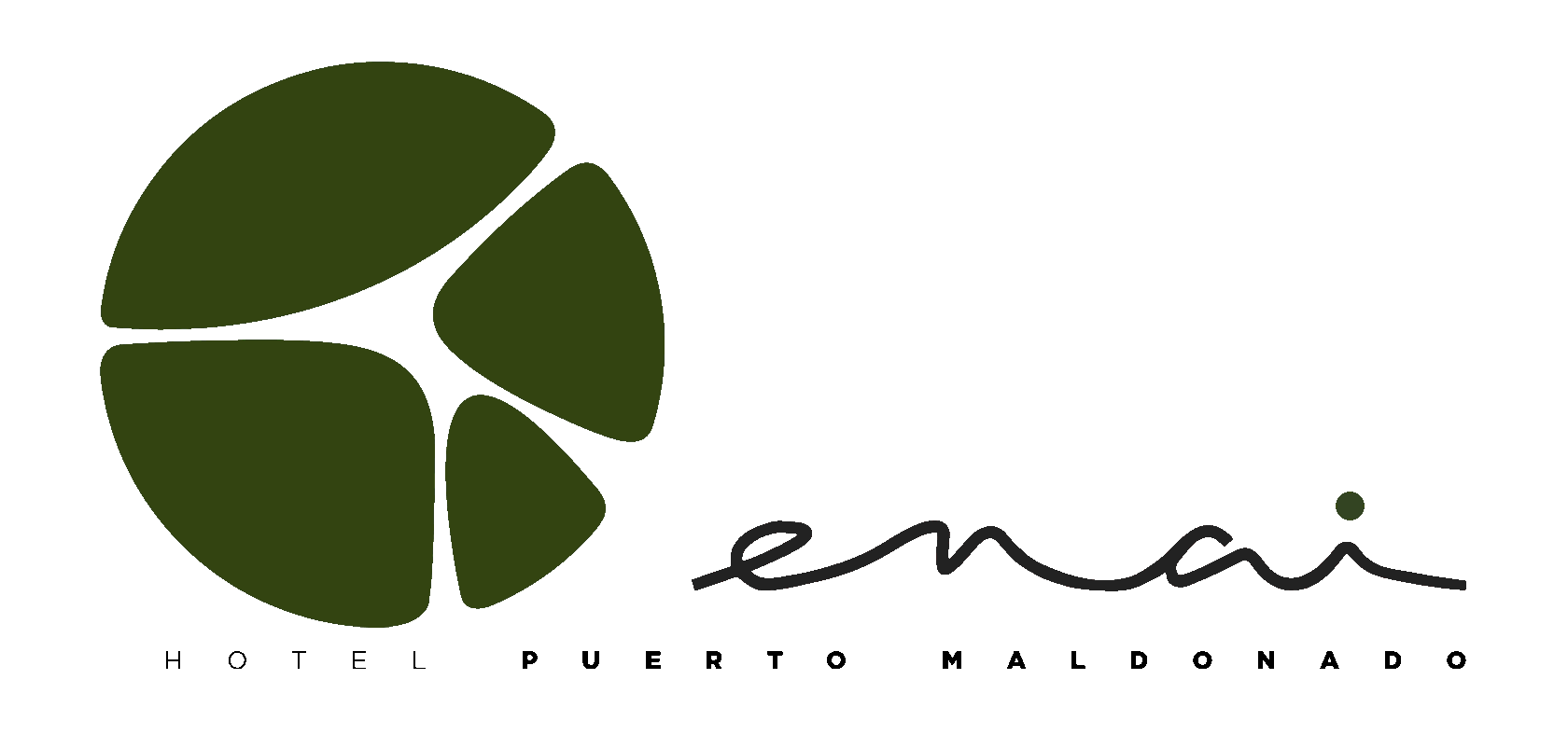The diversity of flora and fauna in the Amazon region is truly astonishing, with thousands of plant and animal species making it one of the richest ecosystems in the world. This vast tropical forest is home to an immense variety of plant species, from majestic trees such as ceibo and rubber, to medicinal plants such as ayahuasca. In addition, it is home to an amazing diversity of fauna, including jaguars, pumas, monkeys, and a large number of exotic birds. The biological wealth of the region is essential for global ecological balance and the survival of numerous endangered species.
The Amazon plays a crucial role in regulating the global climate. Its trees absorb large amounts of carbon dioxide from the atmosphere, helping to mitigate climate change. The region's biodiversity also contributes to the pollination of crops around the world, which is critical for global food security. Additionally, many of the plants and animals of the Amazon have immense potential in scientific research and drug development, which could help treat serious diseases in the future.
The diversity of the Amazon is also essential for the indigenous communities that have lived in the region for centuries. These cultures depend on the natural resources of the Amazon for their subsistence, and their traditional knowledge is valuable for conservation and sustainability. However, deforestation and environmental degradation threaten this diversity, highlighting the importance of conservation and sustainable management of this critical region.
In summary, the diversity of flora and fauna of the Amazon is vital to the world for its role in climate regulation, food security, scientific research and the survival of endangered species. Furthermore, it is an integral component of indigenous cultures that depend on its resources. Conservation of the Amazon is a global responsibility that must be urgently addressed to preserve this jewel of biodiversity and ensure a sustainable future for the planet.
The Amazon covers 60% of Peru's surface and generates a wide variety of products used by the local population in essential activities such as gastronomy and medicine.

